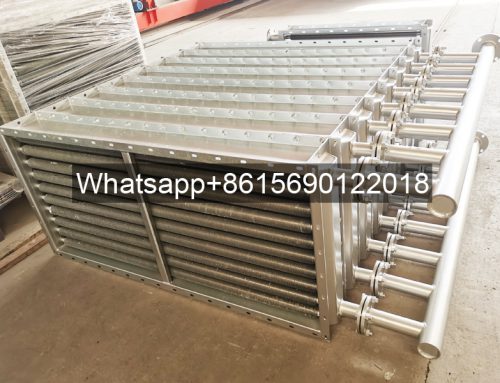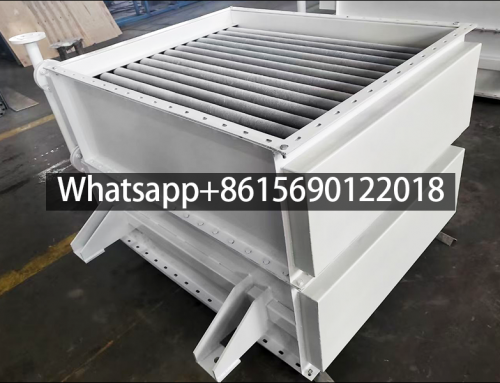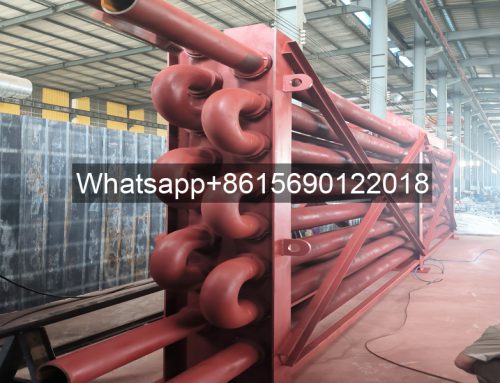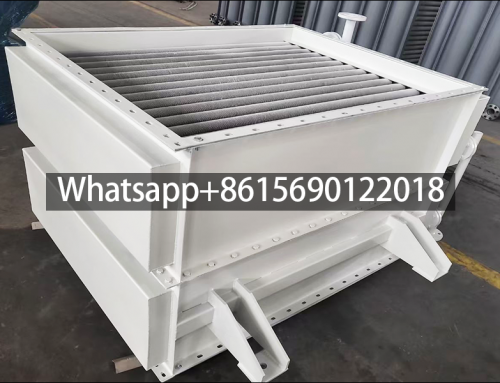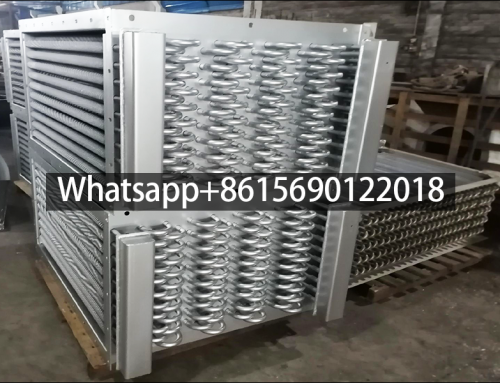Project Description
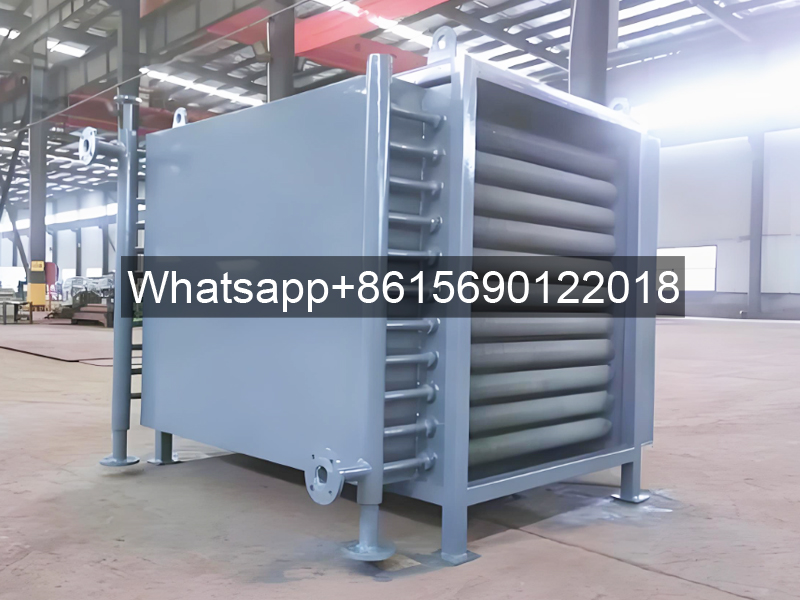
Product Name: Heat Pipe Heat Exchanger Waste Heat Recovery
- Leave Your Message
Heat pipe heat exchangers are highly efficient and energy-saving devices primarily used to recover waste heat from industrial flue gas, converting waste heat into preheated air, hot water, or steam. They are widely used in metallurgy, chemical engineering, oil refining, and boiler systems.
Heat pipes are the core heat transfer element of heat pipe waste heat exchangers.
Heat pipe waste heat exchangers utilize heat pipes as their core heat transfer mechanism, transferring heat through the evaporation and condensation of a working fluid within a vacuum shell, achieving heat transfer efficiencies of up to 98%.
Heat pipe heat exchanger waste heat recovery utilizes the efficient heat transfer characteristics and environmental adaptability of heat pipes. Primarily used in industrial energy conservation, they can recover waste heat from a wide range of gaseous, liquid, and solid media. Based on the states of the hot and cold fluids, heat pipe waste heat exchangers can be categorized as: gas-to-gas, gas-to-vapor, gas-to-liquid, liquid-to-liquid, and liquid-to-gas. Based on the recovery unit’s structural form, they can be classified as: integral, separate, and combined.
Heat pipe heat exchangers offer waste heat recovery in either gas-to-gas or gas-to-liquid configurations. They utilize a modular, fully finned heat pipe design, resulting in a volume only one-third that of conventional heat exchangers. They feature secondary inter-wall heat exchange technology to enhance safety, regulate tube wall temperature to prevent dew point corrosion, and utilize self-oscillation to reduce dust accumulation.
Heat pipe heat exchangers for waste heat recovery can be flexibly installed in boiler flues or smoke outlets, support single-stage heat pipe replacement, and have a service life exceeding 10 years.
Superconducting heat pipe heat exchangers are highly efficient heat exchange devices that utilize superconducting heat pipe technology for rapid heat transfer. Their core principle is that a working fluid (such as ammonia, water, or ethanol) enclosed within the tube absorbs heat in the evaporation section, vaporizes, and flows to the condensation section, releasing heat and liquefying. The vapor then flows back to the evaporation section through a capillary structure, creating a continuous cycle. This design significantly surpasses traditional heat exchangers in heat transfer efficiency, achieving a temperature differential conductivity hundreds of times greater than that of copper tubes.
Superconducting Heat Pipe Heat Exchanger Applications
Industrial: Used in waste heat recovery systems, it can increase waste heat utilization in equipment like boilers and kilns by 30%-50%.
Electronic Cooling: Solve the heat dissipation challenges of high-power equipment like 5G base stations and servers, enabling stable operating temperature control within ±1°C accuracy.
New Energy: Cooling photovoltaic modules can increase power generation efficiency by 8%-12%. The recommended typical mounting angle is 15°-30°.
Superconducting Heat Pipe Heat Exchanger Technical Parameters
Heat Transfer Power Density: Typically 10-50 W/cm²
Start-up Temperature Difference: Operates with a minimum of 0.5°C
Axial Thermal Resistance: <0.01°C/W
Lifespan: Up to 50,000 hours at 300°C
Notes on Selecting a Superconducting Heat Pipe Heat Exchanger:
Working Fluid Selection: Ammonia is recommended for low-temperature environments (-40°C), water for medium temperatures (up to 200°C), and liquid metal for high temperatures (300°C+).
Tubing Material: Copper-water is the most common combination, while stainless steel-acetone is recommended for corrosive environments.
Tilt Angle: Gravity-assisted models require a 5°-70° tilt angle. Errors exceeding ±3° will significantly degrade performance.
Maintenance Tips for Superconducting Heat Pipe Heat Exchangers:
• Quarterly inspect tubes for deformation (allowable bending < 3mm/m)
• Annually test vacuum levels (maintained < 10⁻³Pa)
• Avoid mechanical shock (compressive strength is typically 2-5MPa). We currently offer this high-efficiency fin-tube heat exchanger, featuring energy-saving technology and a power output of 2000W. Customization is available, making it suitable for industrial cooling scenarios. Contact us to find the best solution.


